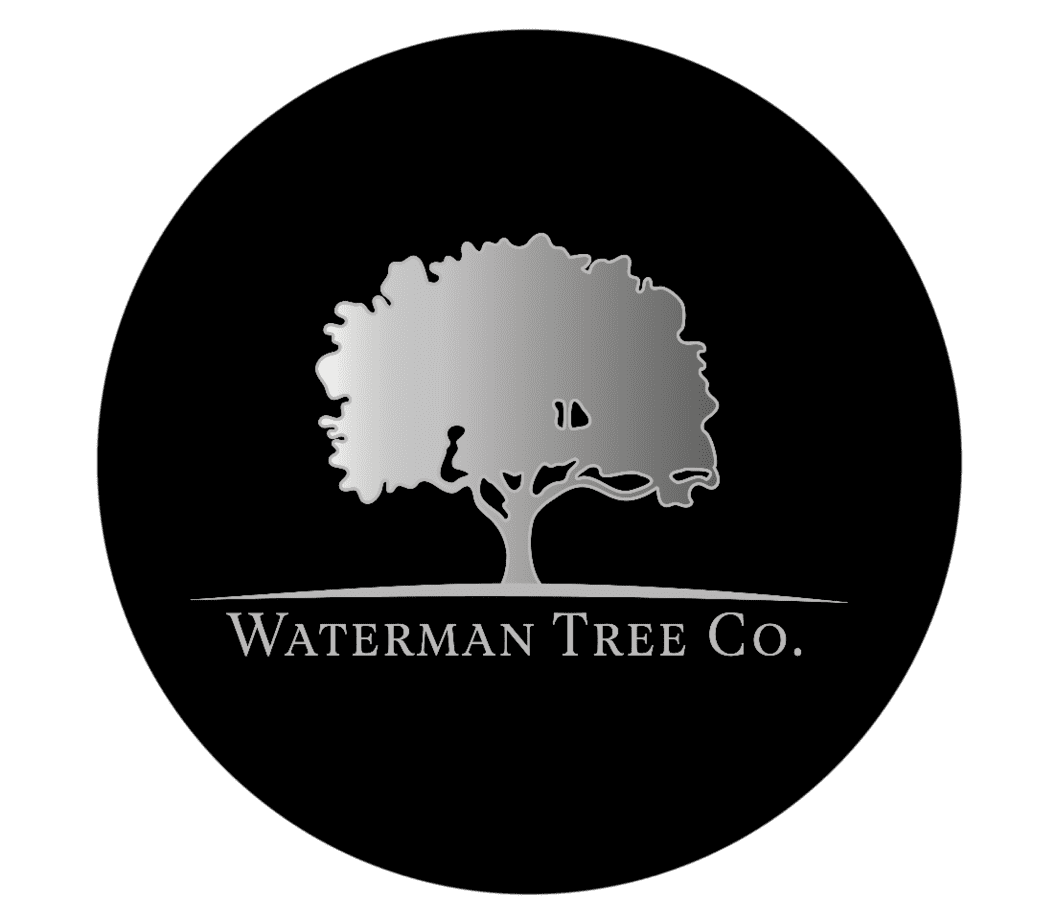If you’re preparing a development in Devon or Hertfordshire, understanding what a BS5837 survey entails is crucial. At Waterman Tree Co., our BS5837 Tree Surveys provide a thorough evaluation of trees on and around your site to ensure that planning, design, and construction align with best arboricultural practices.
Here’s what our BS5837 Tree Survey includes, and why each step matters:
Full Tree Assessment & Categorisation
We begin with a detailed assessment of every tree relevant to your project, covering:
- Species, height, canopy spread, and stem diameter
- Health status, structural condition, and projected life expectancy
- Classification using the A-U system:
- A: High-Quality, significant value
- B: Moderate quality, suitable for retention
- C: Low-quality, limited longevity
- U: Unsuitable for retention due to safety or condition concerns
This classification helps inform decisions on which trees must be retained and protected, or removed.
Root Protection Areas & Tree Constraints Plan (TCP)
Our survey maps out each tree’s Root Protection Area (RPA) vital for preserving the root systems during development. We produce a Tree Constraints Plan (TCP) featuring:
Precise tree locations
RPAs
Shade arcs and canopy limits
Overlayed into architectural/site plans, the TCP becomes a visual tool for planning and layout decisions.
Arboricultural Impact Assessment (AIA)
This critical section evaluates how your development may affect the trees, including:
Identifying conflicts such as proposed foundations, utilities, or access areas intersecting RPAs
Detailing mitigation or design changes, like re-positioned footings or micro-piling techniques, to preserve tree health while allowing development to proceed
Tree Protection Plan & Arboricultural Method Statement (AMS)
If trees on your site are to be retained, our report includes a Tree Protection Plan and a Method Statement that tells you:
What protective fencing or barriers are required and precisely where they should go
Guidelines for ground protection, exclusion zones, and site access routes
Practical steps to prevent root damage during demolition, construction, or landscaping
These are compliance-ready tools to help navigate regulations and secure planning approval.
Clear Reporting for Planning and Construction
Our BS5837 survey package includes:
A detailed, easy-to-read PDF report complete with annotated plans, site imagery, and recommendations
CAD-ready drawings for seamless integration into planning documents
Fast turnaround, typically delivered within days of our site visit, to keep your project timeline on track
This documentation supports both secure planning permissions and site managers in meeting environmental compliance.
Why Choose Waterman Tree Co. for BS5837 Surveys?
Local Expertise: We understand the planning landscape in Devon and Hertfordshire, including nuances within councils like Exeter City, South Hams, Hitchin, and North Herts.
Trusted by Planners: Our reports are designed to meet the expectations of local authority planners, reducing the chance of delays or revisions.
Comprehensive Support: From site visits to final submission, we guide you through every step. Plus, we offer related services, see our Tree Surveys & Inspections page for details.
Ready to Protect Your Trees and Your Project?
For a professional, local BS5837 Tree Survey that keeps your project compliant and sustainable, trust Waterman Tree Co. Contact our teams in Devon and Hertfordshire for a fast, no-obligation quote today.
Let us help you develop responsibly, where trees are considered assets, not obstacles.
FAQ About BS5837 Tree Surveys
What is the purpose of a BS5837 Tree Survey?
A BS5837 Tree Survey is designed to assess how trees will interact with proposed development works. It ensures that any trees on or near a construction site are properly considered during the planning and design process, helping to protect valuable trees, comply with planning regulations, and avoid costly delays or legal issues. Local councils often require a BS5837 report to support planning applications.
Do I need a BS5837 Tree Survey for a planning application?
Yes, if your site has trees within or adjacent to the proposed development area, most local planning authorities—including those in Devon and Hertfordshire—will require a BS5837 survey. This applies to new builds, extensions, conversions, or any development where tree protection is a concern. It’s best to book the survey before submitting your application so the findings can shape the site layout.
What’s the difference between a BS5837 survey and a Mortgage Tree Report?
A BS5837 Tree Survey is focused on tree preservation and development planning, typically required by planning authorities. A Mortgage Tree Report, on the other hand, assesses whether any trees pose a risk to a property’s structure or mortgage approval. While both are arboricultural assessments, they serve different purposes. Learn more on our Mortgage Tree Report page.
How long does a BS5837 Tree Survey take?
The site visit usually takes a few hours depending on the number of trees and the complexity of the site. At Waterman Tree Co., we pride ourselves on a fast turnaround, and most reports are delivered within 5 working days of the site visit. This ensures your project timelines stay on track while meeting all planning requirements.
Do you cover BS5837 surveys in both Devon and Hertfordshire?
Yes! We conduct BS5837 surveys across Devon and Hertfordshire, including areas like Totnes, Exeter, Plymouth, Hitchin, Welwyn Garden City, and surrounding towns. With local knowledge and experience working with regional planning departments, we help ensure your survey meets council expectations. Contact us for a no-obligation quote.


